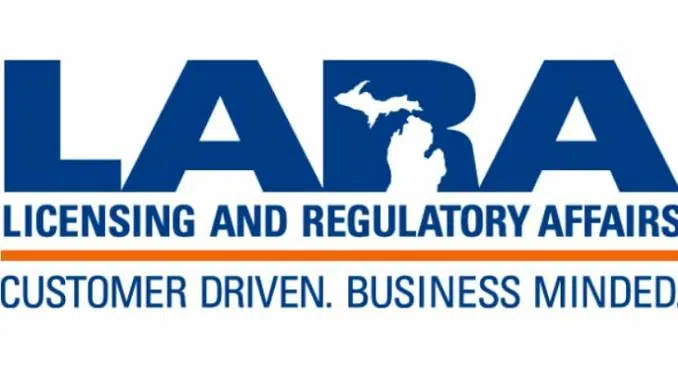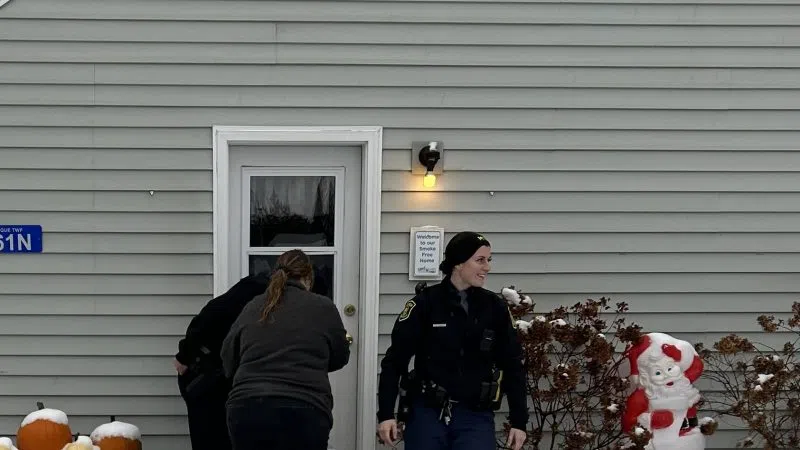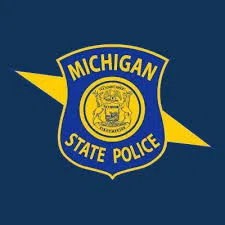State Fire Marshal Kevin Sehlmeyer and a group of Marquette area fire chiefs today addressed issues involving the use of fire suppression foam containing perfluoroalkyl and polyfluoroalkyl substances (PFAS).
Sehlmeyer and the state’s Bureau of Fire Services (BFS) are integral members of the Michigan PFAS Action Response Team (MPART), the nation’s first multi-agency action team coordinating efforts to protect people’s drinking water from this emerging contaminant.
MPART is aware that certain foam used during fire suppression and firefighter training has the potential to be the source of PFAS found in ground water in Michigan communities. PFAS can get into drinking water when products containing them are used or spilled onto the ground or into lakes and rivers. PFAS move easily through the ground, getting into groundwater that is used for some water supplies or for private drinking water wells.
BFS has sought the input of Michigan fire service departments and organizations regarding their use of fire suppression foam containing PFAS. Nearly 700 fire service departments have been surveyed in an effort to identify the amount of PFAS foam and to develop statewide solutions to dispose of the toxic firefighting foam properly and prevent further contamination throughout Michigan.
“I appreciate the cooperation and important feedback we’ve received from our fire departments as MPART coordinates state services to address this emerging contaminant and protect Michiganders,” said Sehlmeyer. “Education and open lines of communication with the entire fire service community are critical as we provide and continue to develop detailed protocols on the use, training, storage and disposal of any firefighting foam containing PFAS.”
According to the fire departments surveyed, nearly 45 percent currently have Class B AFFF Foam, the foam containing PFAS, for a total of approximately 32,000 gallons identified across the state.
Fire departments have been provided the following guidance on the use of Class B AFFF Foam:
Do not train with Class B AFFF Foam; and it should only be used in emergencies involving lifesaving situations.
If Class B AFFF Foam is used, extra precautions should be taken including using sand to attempt to contain the material, and sandbagging storm drains to prevent runoff.
Contact the Dept. of Environmental Quality’s (DEQ) Pollution Emergency Alerting System (PEAS) hotline at 800-292-4706 to report when Class B AFFF was used in an emergency. The PEAS hotline is staffed to take environmental emergency calls 24/7.
“The coordinated efforts of the fire marshal and other MPART agencies have demonstrated to Marquette area fire service organizations that Michigan is at the forefront in responding to emerging PFAS issues,” said Marquette Fire Chief Ian Davis. “My fellow chiefs and I appreciate their guidance and continued support as we work to protect residents from this contaminant.”
Sehlmeyer is working with DEQ and other MPART members in studying whether there is a safer alternative to Class B AFFF Foam and to develop specific standards for its safe storage and disposal. BFS’ survey will remain open until the end of October and fire service organizations who have yet to complete it are encouraged to do so.
Launched in 2017, MPART is the first multi-agency action team of its kind in the nation. Agencies representing health, environment and other branches of state government have joined together to investigate sources and locations of PFAS contamination in the state, to act to protect people’s drinking water; and to keep the public informed as MPART learns more about this emerging contaminant.























